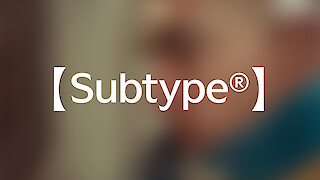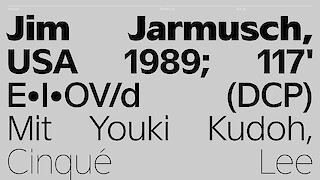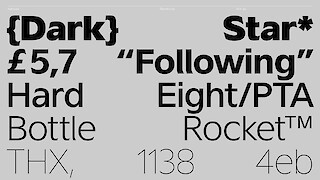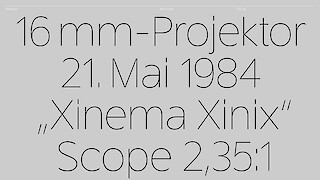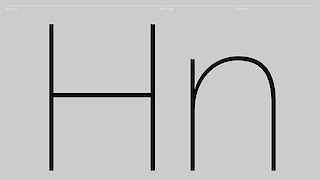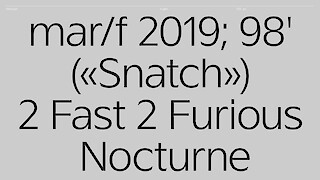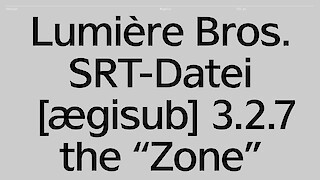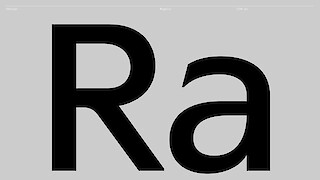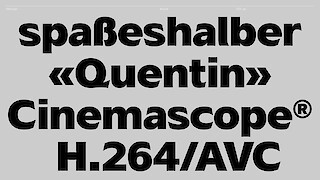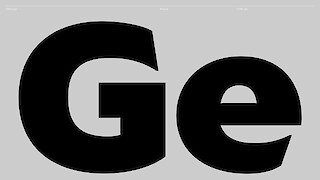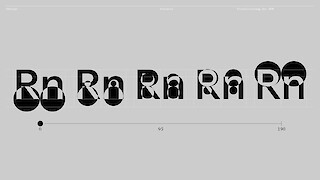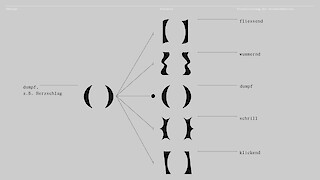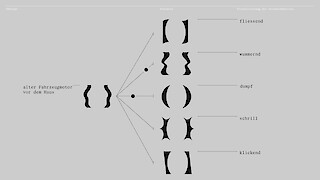[DE]
«[…] Once you overcome the one-inch tall barrier of subtitles, you will be introduced to so many more amazing films […]», sagte Bong Joon Ho, als er im Januar 2020 den Golden Globe für seinen koreanischsprachigen Film «Parasite» überreicht erhielt. Untertitel sind für viele Zuschauer*innen immer noch ein notwendiges Übel.
Durch den Boom von Streamingdiensten wie Netflix, Amazon Prime, Disney+ und Apple TV wird das Angebot an fremdsprachigen Filmen und Serien nicht nur immer zugänglicher, es wächst auch gleichermassen, da bewusst internationale Inhalte produziert werden. Das bedeutet, dass die Zuschauer*innen auch unausweichlich mit Untertiteln konfrontiert werden. Bedauerlicherweise sind Filmuntertitel trotz ihrer reichen Geschichte – von den Ursprüngen des Untertitels im Stummfilm bis zu aktuellen autogenerierten Untertiteln auf Videoplattformen – bis heute ungestaltet und unästhetisch geblieben. So geschieht es, dass man bei einer 250-Millionen-Dollar-Filmproduktion immer noch einen am unteren Bildschirmrand angeschlagenen, skurril verzerrten Untertitel in Arial antrifft.
Subtype ist der Vorschlag einer auf das Medium angepassten und benutzerfreundlichen Filmuntertitelschrift, spezifisch ausgelegt für eine Anwendung auf Videoplattformen im Internet. Dabei ist nicht nur das Schriftbild für eine hohe Lesegeschwindigkeit auf Displays aller Grössen entworfen und angepasst worden, mit den aktuellen technischen Mitteln der Schrift- und Webgestaltung wird auch über die bestehenden Konventionen des Untertitels hinaus gedacht. Der Untertitel muss im Jahr 2020 nicht mehr zwingend statisch sein, sondern soll auf Inhalt wie auch Dialog eingehen können. Speziell für Gehörlose wird der variable Untertitel angeboten, der Informationen zu Dialoglautstärke, gespielter Musik und Hintergrundgeräuschen direkt ins Schriftbild integriert, um so schwer deutbare Informationen verständlicher zu machen.
[EN]
"[...] Once you overcome the one-inch tall barrier of subtitles, you will be introduced to so many more amazing films [...]", said Bong Joon Ho when he received the Golden Globe for his Korean language film “Parasite” in January 2020. Subtitles are still a necessary evil for many viewers.
With the boom in streaming services such as Netflix, Amazon Prime, Disney+ and Apple TV, the range of foreign-language films and series is not only becoming increasingly accessible, it is also growing at the same rate since international content is now deliberately produced. This means that viewers are inevitably confronted with subtitles. Unfortunately, despite their rich history - from the origins of subtitles in silent films to current autogenerated subtitles on video platforms - film subtitles have remained unformed and unaesthetic to this day. So it happens that in a 250 million dollar film production, you still come across bizarrely distorted subtitles in Arial that are posted at the bottom of the screen.
Subtype is a proposal for a user-friendly film subtitle font adapted to the medium, specifically designed for use on video platforms on the internet. Not only has the typeface been designed and adapted for high reading speed on displays of all sizes, but with the current technical means of font and web design, it also goes beyond existing subtitle conventions. In 2020, subtitles no longer need to be static, but should be able to respond to content as well as dialogue. Especially for the deaf, variable subtitles will be offered, which integrate information about dialogue volume, music played and background noises directly into the typeface to make information that is difficult to understand more comprehensible.
Filip Despotovic
BA-Diplom 2020
Mentorat Jonas Voegeli, Matthias Michel, Fabian Harb
Type Design
